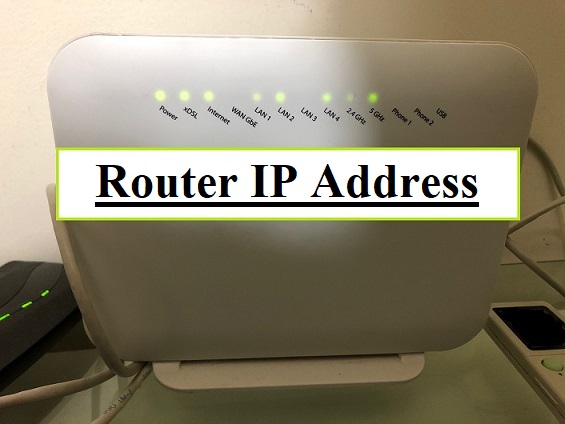Cisco routing table
Cisco routers are equipped with a device called the Routing Table or RTM. This device acts as a gateway to various remote sites and enables local hosts to establish connectivity to the internet. The Cisco switches also have a device known as Management Information Format Database (MIFD). The main purpose of both the devices is to receive traffic from the outside world and route it to the intended destination. The following discussion briefly discusses the role of the Cisco routing table and the MIFD.

The main function of the Cisco routing table is to create a table of path functions that allow all hosts on a subnet to refer to the same physical IP address. The Cisco switches use queuing logic to send requests to the router and for the response to arrive at the destination. The Cisco routers process the requests from the remote host according to the configured parameters. The MIFD helps in managing the queue by storing information about the different replies that has been received by the host.
There are two types of queuing systems used in Cisco routers. The first one is the centralized queuing system and the other one is the peer-to-peer (or SIP) queuing system. In the centralized routing system, the local network segment is the only segment that receives packets. The source and destination IP addresses of the packets are fixed and there is no pre-determined or regional priority level. On the other hand, in SIP based networking, each local system segment can receive packets of different types and the same IP address cannot be used for both segments.
Cisco routing table
There are different types of routing protocols supported by Cisco routers. There are layer one and layer two protocols which govern the way in which packets are sent and received. The different routing protocols include layer two multipoint routing protocols and multi-protocol routing protocols. The Cisco uses both layer one and two protocols to provide fast and robust networking.
The main advantage of using Cisco technology is that it helps in reducing the entire routing table. This means that for small to medium sized businesses, saving the entire routing table results in significant cost savings. There are many reasons why Cisco technology helps in reducing the overall routing table size. One reason is that the larger size of the Cisco device saves the time required for analyzing the traffic.

The size of the Cisco device also ensures that the traffic is analyzed for better forwarding algorithm. The smaller the Cisco device gets, the more traffic the routing policy will be able to handle without wasting resources like routing policy cache and forwarding tables. Also, the smaller the Cisco device gets, the less amount of bandwidth it will consume. Thus, a smaller Cisco device is economically a better option for a small network.
The biggest advantage of Cisco technology is that it helps in establishing virtual private LANs or VPLS. A virtual private LAN is a single physical network segment that is used as a component of a bigger logical network. In simple terms, when a client connects to a Cisco device, that client’s Ethernet address is used as a destination address for the packets. The packets hence are directed to this single physical network segment and the client’s IP address is assigned to the host that is communicating. In this way, every device on the network has a unique IP address and is only assigned to a single physical host and thus, no one host will be assigned an IP address by the other hosts.
The routing tables contain various fields, which determine how different clients may connect to a particular IP-based logical layer. The most typical fields are PORT, IPPROTO-ADDRESS, TCP Sequence, ACK, RSTP, and OSPF. The ACK field is used to synchronize two different users. The TCP Sequence field defines the relationship between two different TCP connections. The last three fields, DNS, IPPROTO-ADDRESS, and RSTP define the IP-based destination host for each connection. These IP-based destination fields are used to route packets to their respective hosts in order to obtain the best path for them to reach their required destination.
<
